BLOG
Vine to Wine: A Year of Viti/Vini - September
Nova Cadamatre MW
Viticulture Insights
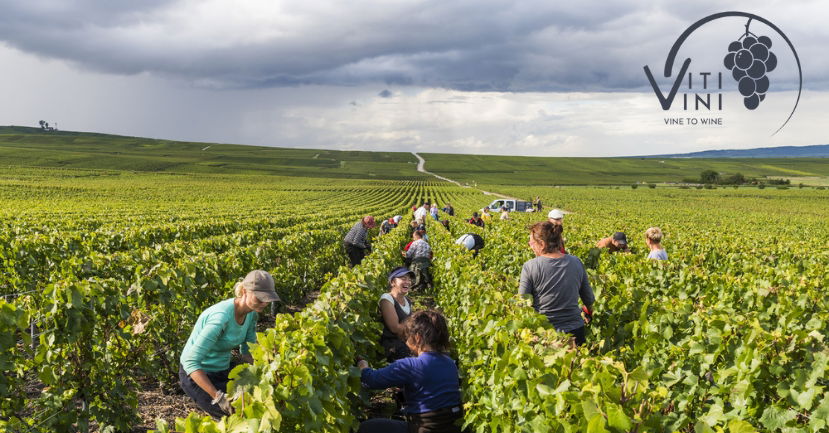
Now that fall has arrived, winemakers turn their attention to the harvest. In most of the northern hemisphere, harvest usually begins by the middle of this month, if not earlier. It is an exciting time. The culmination of all the hard work in the vineyards is realized in the moments the grapes are picked. Vineyard managers can relax now, but the winemaker’s job is just getting started.
The first grapes to come in are typically the white varieties although there are always exceptions to this rule since every variety has its own length of time to maturity. White grapes and red grapes have different harvest parameters. We will touch on red varieties in October’s post, but this month we will focus on white varieties. The most important considerations when deciding when to pick white varieties are flavor accumulation, acid levels, sugar levels, skin development/phenolic maturity, and external factors like weather and disease pressure. Each winemaker places different priority on these items.
Sugar levels can vary widely depending on the climate, the grape variety, and the style of wine being made. Likewise, there are many ways to measure sugar in the fruit and resulting juice such as Brix, Oeschle, Baume, and Specific Gravity. These all measure density, not sugar directly (which would require a Glucose/Fructose test). Glu/Fru tests are expensive and not particularly useful at the start of a fermentation when there is so much sugar in the must. At this point, a winemaker just needs a general idea of how much sugar he or she has, not an exact number, and then the relative drop once fermentation begins relative to where it started.
Each of these measurements are based on comparing the liquid in question (in this case grape juice) to the standard liquid density, which is water, and adjusting for temperature. A winemaker uses his or her chosen scale (which usually varies by country) to watch the dropping density of the fermentation as it moves towards the finish. A completely dry wine will go into negative measurements because alcohol is less dense than water. Because water is the standard, anything less dense than pure water will measure as a negative number.
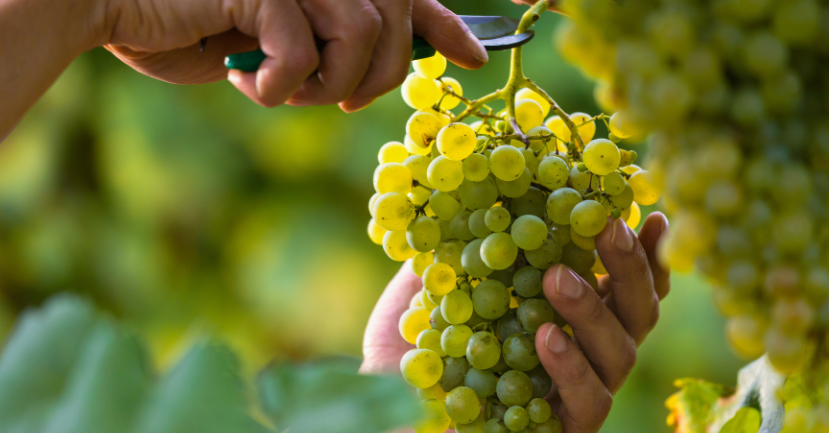
Flavor development is one of the most important factors in harvest decisions. This is what creates depth of varietal character and concentration in the final wine. Acid is equally important since the right acid level really can make or break a wine. Acid is key to the finish. A lack of acid can create a short finish, or even worse, a flabby finish; too much acid can make the finish too sharp and harsh. Nail the acid and you nail a long, lengthy finish which leaves the consumer wanting another sip.
The sugar level affects one or two factors, depending on the style of wine: the potential alcohol of the finished wine and the residual sugar/alcohol ratio if the fermentation will be stopped prior to going completely dry. Alcohol adds weight and body, but too much can lead to a “hot” feeling on the finish. Too little, and the wine can taste thin and lean.
One may think skin development or phenolic maturity is not important in white wines, but that is not the case. There are many white (or gris/pink) varieties whose skins are particularly tannic including Viognier, Muscat, Gewürztraminer, and Pinot Gris. The latter two are pink-skinned grapes and the color development can impact the white wine quite significantly. Waiting for Viognier’s tannins to ripen, for example, can add subtle textural elements to the final wine which increases complexity and adds to the overall palate weight.
Hand harvesting and gentle pressing (without crushing) can help mitigate the impact of skins that are not quite as developed as a winemaker would like. Pressing whole clusters allows the fruit to break open when in the press and not before. This not only protects the delicate aroma precursors that would be damaged by too much oxygen, but also limits the time the juice is in contact with the skins and mitigates the amount of tannin in the must.
White wines have hundreds of compounds that make up their unique aroma and flavor profiles, however the main ones are terpenes, esters, thiols, and pyrazines.
Terpenes – Floral compounds particularly evident in Muscat or Gewürztraminer
Esters – Citrus and floral aromas, can be tropical
Thiols – Fruity in low concentrations but can turn into a negative smell in higher concentrations since this is a sulfur compound.
Pyrazines – Herbal characters particularly evident in Sauvignon Blanc
On the flip side, a winemaker can encourage tannin extraction by leaving the grapes in the press in contact with the juice prior to starting the press cycle. This results in more texture in the finished wine. Leaving white grapes in contact with skins for the entire fermentation results in orange wine. Skin contact is a red winemaking technique. When applied to white grape, the resulting color is orange because of the low level of color compounds found in white grape skins.
Once the fruit is pressed and given the desired amount of skin contact (or not), the juice is allowed to rest in order for the “gross lees” to settle to the bottom of the tank. This term is not a commentary on the relative “disgusting character” of the solids, but rather a description of the quantity and size of the particulates. The gross lees are usually quite large and consist of bits of grape skin, pulp, seeds, and other heavy particulates which may have accumulated on the grapes prior to harvest.
Many wineries chill the juice and allow gravity to settle the solids overnight. This step allows the winemaker to rack the clear juice to wherever the fermentation will take place. (“Rack” is a winemaking term used to describe moving a cleaner, clearer liquid (either juice or wine) off of settled solids.)
Some wineries will allow the juice to stay in contact with the gross lees for several days in a technique called stabulation. Stabulation is a technique often used in the crafting of French rosés and many white wines in order to build the mid-palate. The juice must be kept very cold during this step in order to reduce the risk of fermentation on the gross lees. If fermentation should occur while the juice is in contact with the gross lees, significant off-aromas can develop and it becomes very difficult to remove the particulates from solution due to the turbulence of the rolling ferment.
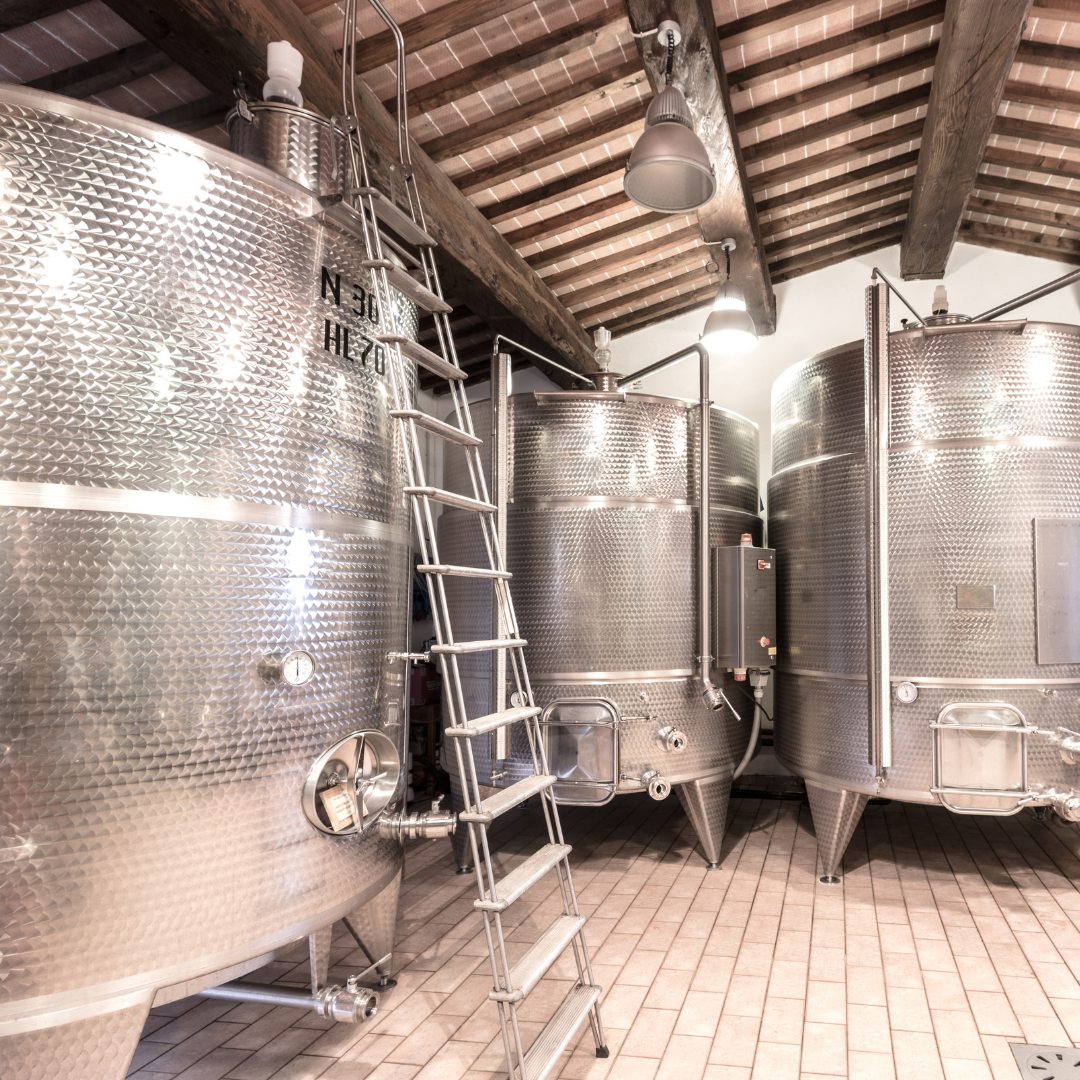
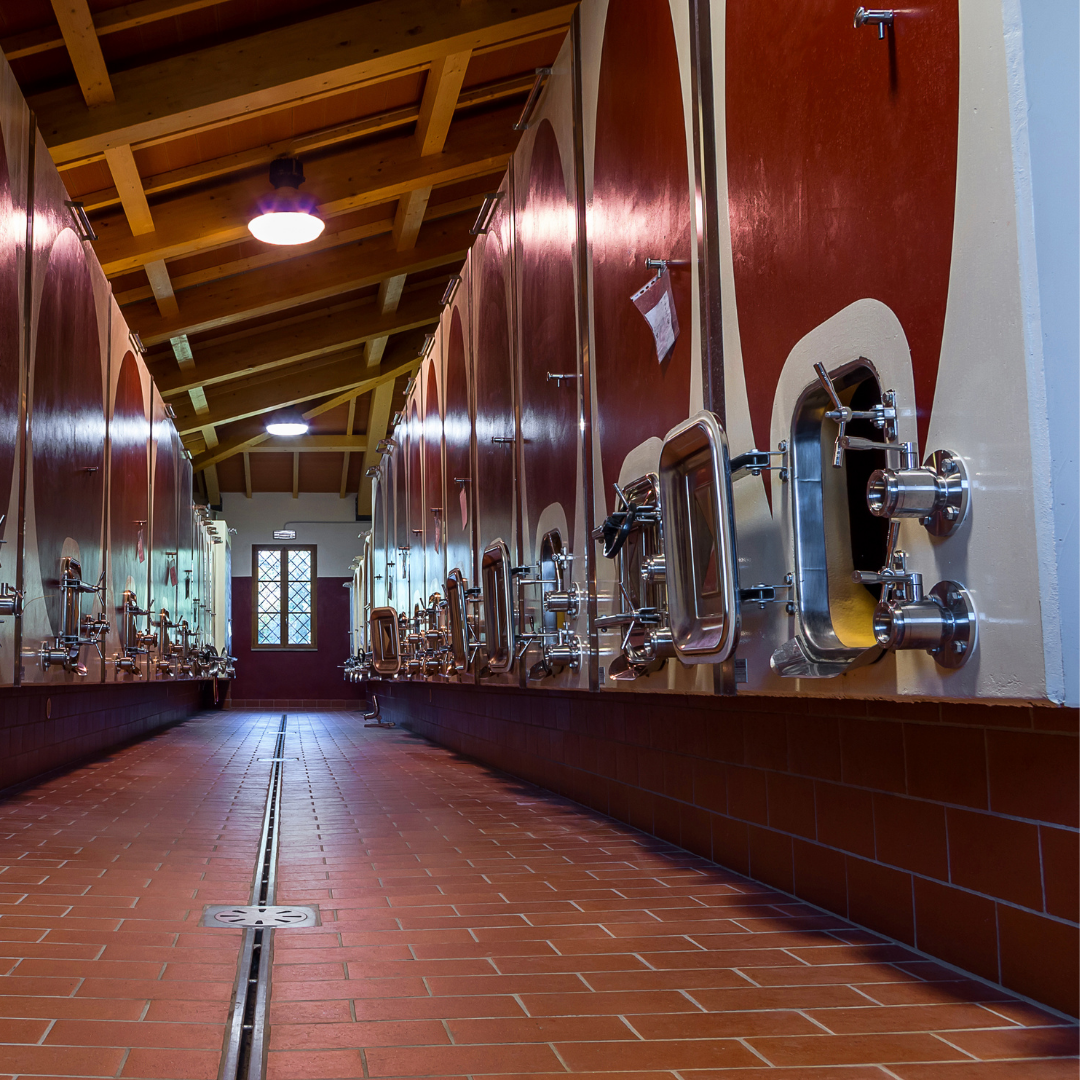
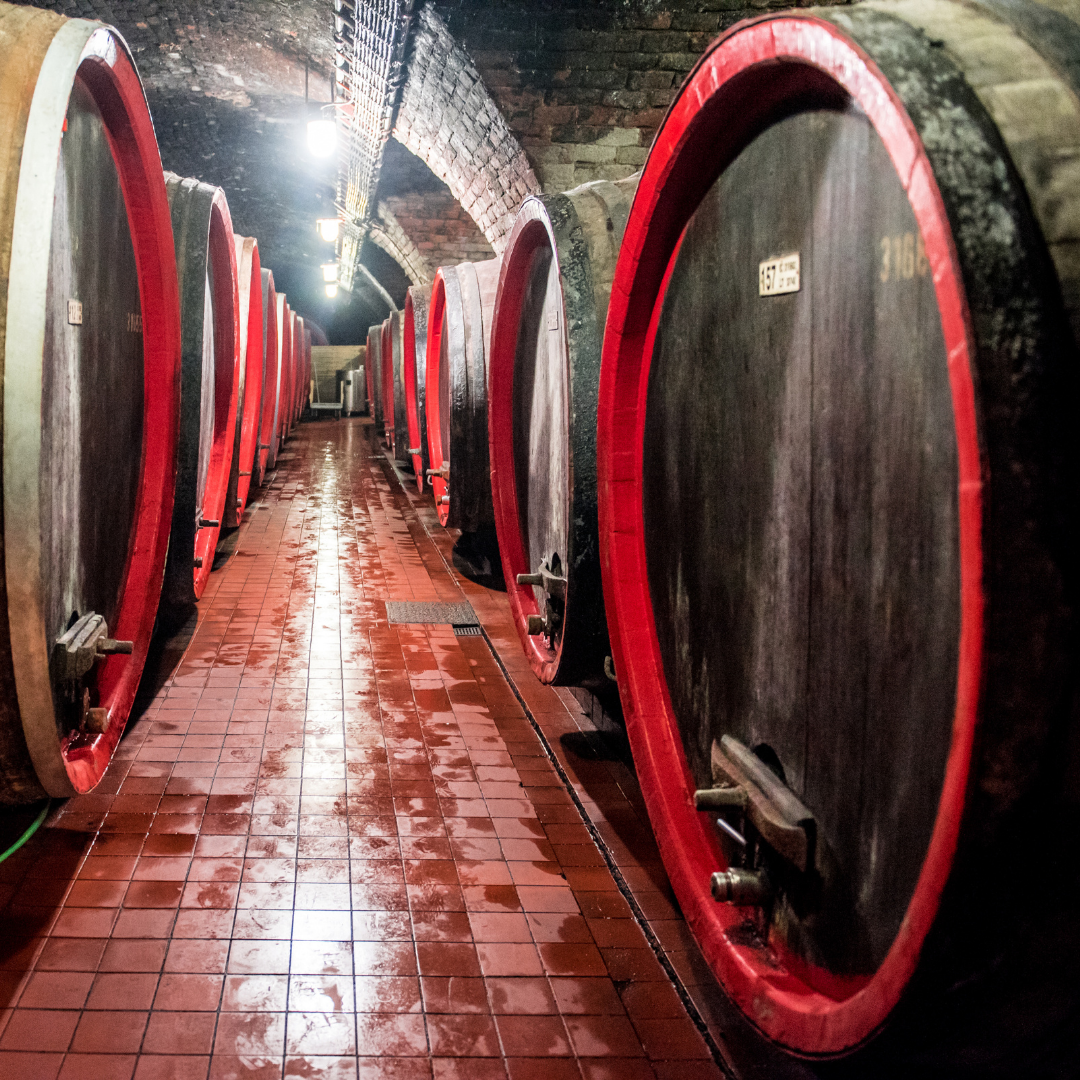
The fermentation vessel is particularly important to the style and character of white wines. The primary options for white wine fermentations are stainless steel, wood, and concrete. There are others such as ceramic, clay, glass, and plastic, but for the purposes of this discussion we will concentrate on the main ones. If a winemaker is looking to make a fresh, fruity wine or hopes to stop the fermentation to leave some residual sugar, stainless steel is the best choice. These tanks can be fully temperature controlled to allow the winemaker to adjust the speed of fermentation. Stainless steel also adds a very linear focus to the palate resulting in clean, pure fruit characters and zesty, focused acid.
On the opposite end of the spectrum is wood—usually oak, but also acacia—which cannot be temperature controlled as finely as stainless steel. Wood makes the fruit a bit less defined. If stainless steel creates a vivid photograph of fruit, then wood creates a misty watercolor of it. Wood also increases the texture of the wine mid-palate. If it is new or once-used wood, it will usually add its own character to the wine—both flavor and tannins—depending on the type of toast and the cooper that made it, a process which was covered in depth in our February and March posts. Concrete is somewhere in the middle of the two because it has less linearity than stainless but more fruit definition than wood. It also adds a wet stone character to the wine which can add complexity when blended with wines from other fermentation vessels.
Next month, we will explore the picking decisions for red grapes and red wine fermentation.
ABOUT "VINE TO WINE: A YEAR OF VITI/VINI" SERIES:
“Vine to Wine” is a new blog series that chronicles what is happening in the vineyard and in the winery each and every month of the calendar year. Nova Cadamatre, MW and winemaker, will author these authoritative and detailed posts drawing upon her studies (Cornell Viticulture and Enology graduate) as well as her winemaking experience in California, China and the Finger Lakes.
Each “Vine to Wine” installment details that month’s vineyard and winery tasks with deep dives into a particular grape growing or wine making topic such as pruning methods and training systems or barrel aging and fermentation vessels.
The series is designed to give wine students and educators an opportunity to develop or hone their technical savvy.
MORE "VINE TO WINE" ARTICLES:
Want to know when new blog articles are released? Join this list to be notified!



